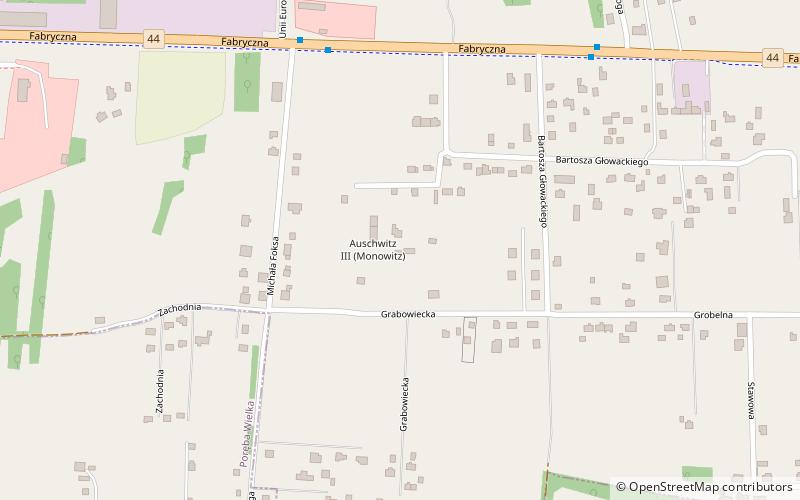Monowitz concentration camp


Facts and practical information
Monowitz concentration camp, also known as Auschwitz III, stands as a grim reminder of the atrocities of World War II. Established in October 1942 near the Polish town of Monowice, it was one of the three main camps in the Auschwitz complex, alongside Auschwitz I and Auschwitz II-Birkenau. The camp was specifically constructed to house forced laborers for the nearby Buna-Werke, a synthetic rubber factory operated by the German chemical company IG Farben.
Unlike the extermination camp of Birkenau, Monowitz was primarily a labor camp, where prisoners were subjected to inhuman working conditions, starvation, and brutal treatment by the SS guards. The workforce, comprised of Jews and other prisoners of war, was exploited in the service of the Nazi war effort, with many succumbing to exhaustion, disease, and maltreatment.
The conditions at Monowitz were so severe that the average life expectancy of a prisoner was only a few months. Those who were unable to work were often sent to the gas chambers at Birkenau. By January 1945, as the Soviet army approached, the Nazis evacuated the camp, forcing the remaining prisoners on a death march that led to further casualties.
Monowitz concentration camp – popular in the area (distance from the attraction)
Nearby attractions include: Auschwitz-Birkenau State Museum, Energylandia, Auschwitz-Birkenau concentration camp, International Monument to the Victims of Fascism.











